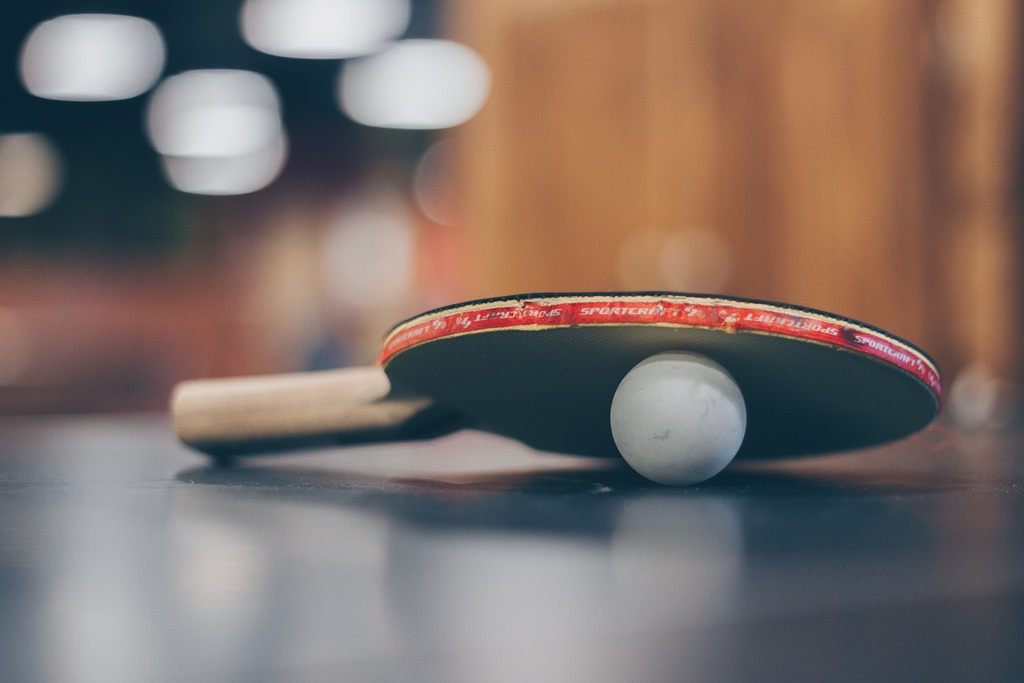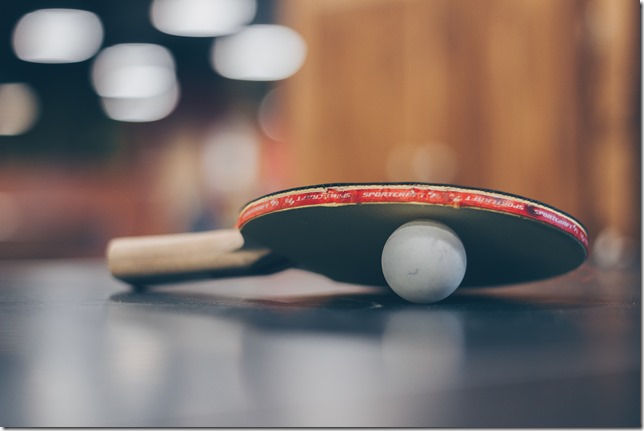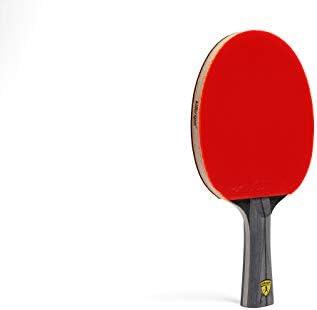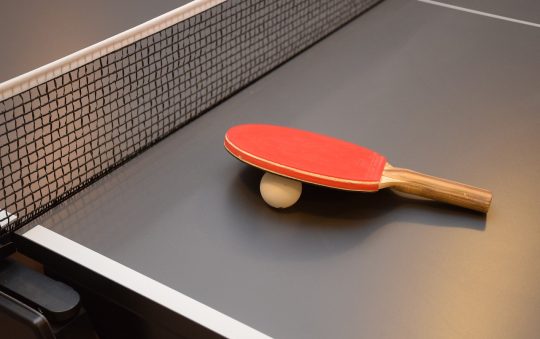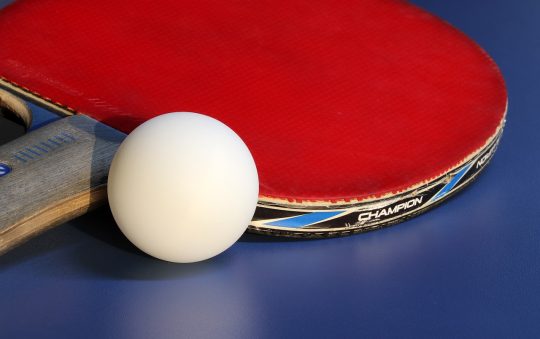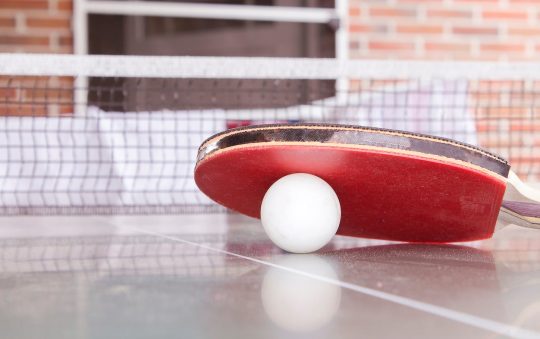Are you just starting your journey into the exciting world of ping pong? Choosing the right paddle is a crucial step towards developing your skills and enjoying the game to the fullest. In this beginner’s guide, we will walk you through the essential factors to consider when selecting a ping pong paddle as a novice player. From understanding the key components to identifying the right playing style, we’ll equip you with the knowledge to make an informed decision. Let’s dive in and find the perfect paddle to kickstart your ping pong adventures!
Before we explore the selection process, let’s familiarize ourselves with the key elements of a ping pong paddle. The paddle consists of a blade, rubber covering on both sides (known as the rubber sheets), and a handle. Each component contributes to the paddle’s characteristics, such as speed, spin, and control. Understanding these basics will help you make informed decisions during the paddle selection process.
As a beginner, it’s essential to identify your playing style to choose a paddle that suits your preferences and skill level. Are you more inclined towards an offensive style, aiming for powerful shots? Or do you prefer a defensive approach, focusing on control and precision? Perhaps you’re an all-around player, looking for a balanced paddle. Evaluating your playing style will guide you towards a paddle that enhances your strengths and supports your development.
When selecting a paddle, several factors should be taken into account:
1. Grip: A comfortable grip is crucial for control and maneuverability. Experiment with different grip styles (shakehand, penhold, etc.) to find what works best for you.
2. Blade: Beginner paddles usually feature an all-round blade that offers a balance of speed and control. Look for blades made of durable materials that provide good ball feel.
3. Rubber: Beginners generally benefit from paddles with tacky or slightly sticky rubber, which assists in generating spin and control. Thicker sponge layers provide more speed, but thinner ones offer better control.
4. Speed and Control: Finding the right balance between speed and control is vital. Beginners should prioritize control to develop consistent strokes before focusing on increasing speed.
5. Budget: Determine your budget range, keeping in mind that as a beginner, an affordable paddle with decent quality is often sufficient. You can always upgrade to higher-end paddles as your skills progress.
Choosing the right ping pong paddle as a beginner can significantly impact your enjoyment and progress in the game. By understanding the basics, identifying
your playing style, and considering factors such as grip, blade, rubber, speed, and control, you can make an informed decision. Remember to experiment and try different options until you find a paddle that complements your style and skill level. Starting your ping pong journey with the right paddle sets you up for an exciting and rewarding experience. Enjoy your game and keep improving!
